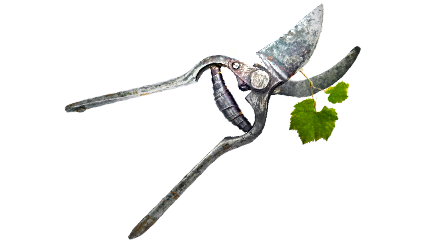Ageing and vintage years
Pfingstberg crus reveal a remarkable capacity to age. Their aptitude to remain concentrated and taut throughout the ages bestows them with a form of timelessness.
Some vintage years
2006: an appealing wine with its spicy and mineral character. The palate is ample but keeps a chiselled structure, announcing freshness and minerality. A racy wine with great persistence. For those who patiently waited for this delicate vintage year, the wine will be fantastic.
2007 : higher concentration in these often richer wines, without disrupting that characteristic Pfingstberg balance. They are not exuberant, but deep and dense. A crystalline vintage year!
2008 : concentrated yet not exuberant. The palate is both dense and concentrated. Its beautiful acidity bestows it with crispness and persistence. A great wine in the making, perfect around 2018.
2009 : this sun-enriched vintage features some powerful wines of magnificent aromatic complexity and a beautifully long finish. This still-young vintage year is beginning to unfold.
2010 : superbly pure wines offering beautiful tartaric acidity. The dry wines have wonderful keeping potential.
Recommendations
Regardless the wine chosen, all Pfingstberg wines are better when decanted half an hour before serving.

Vintage years
After four to five years the combination between warm stone notes and ash perfectly interblend with the delicate wine substance. But Pfingstberg wines can be kept for more than ten years.
During early-ripening vintage years : the mouth is more full-bodied without losing its balance and gives a honey-like flavour to the mouth weight.
During late-ripening vintage years : the wine roundness discreetly offers a range of opulent hints of flowers. The structure remains divine!
Romain ILTIS
Best Sommelier of France, 2012 and Meilleur Ouvrier de France, 2015 (in the Sommelier category)














